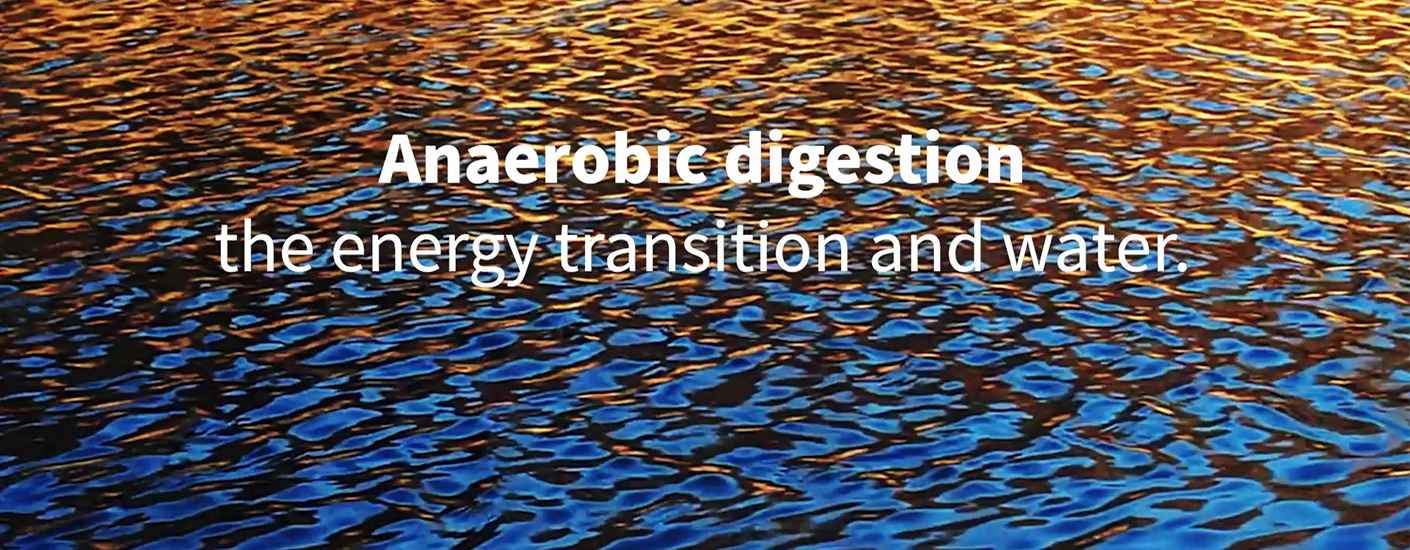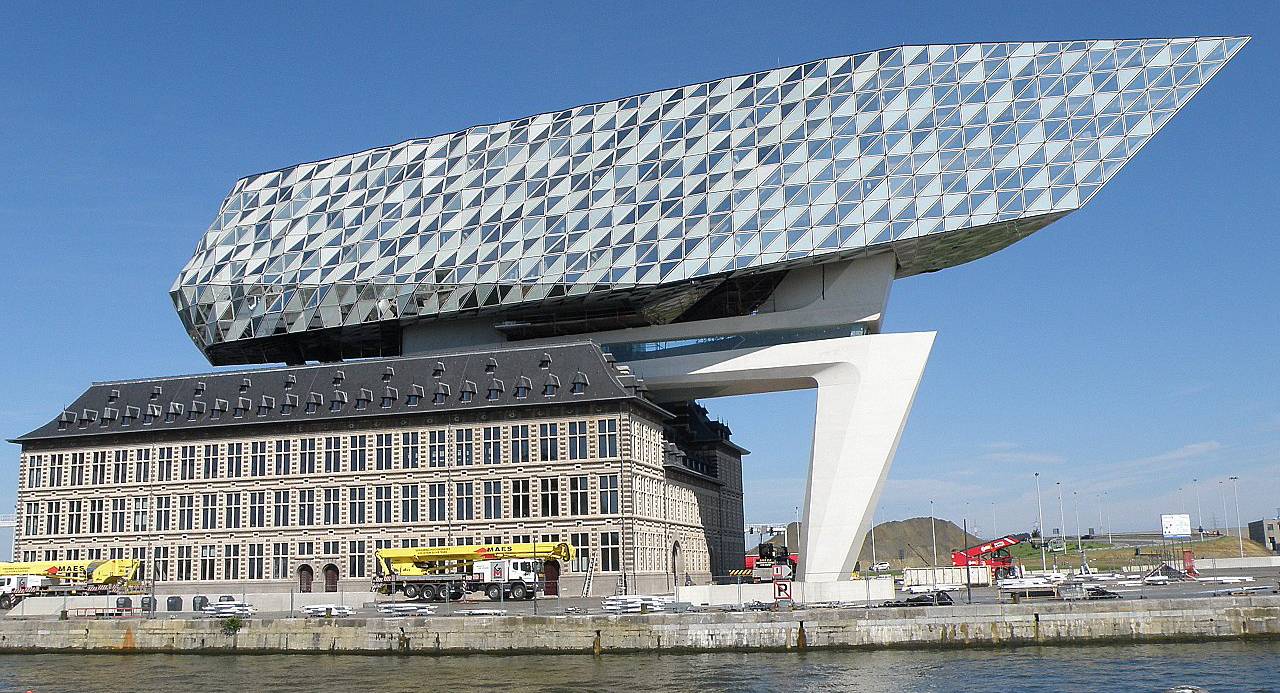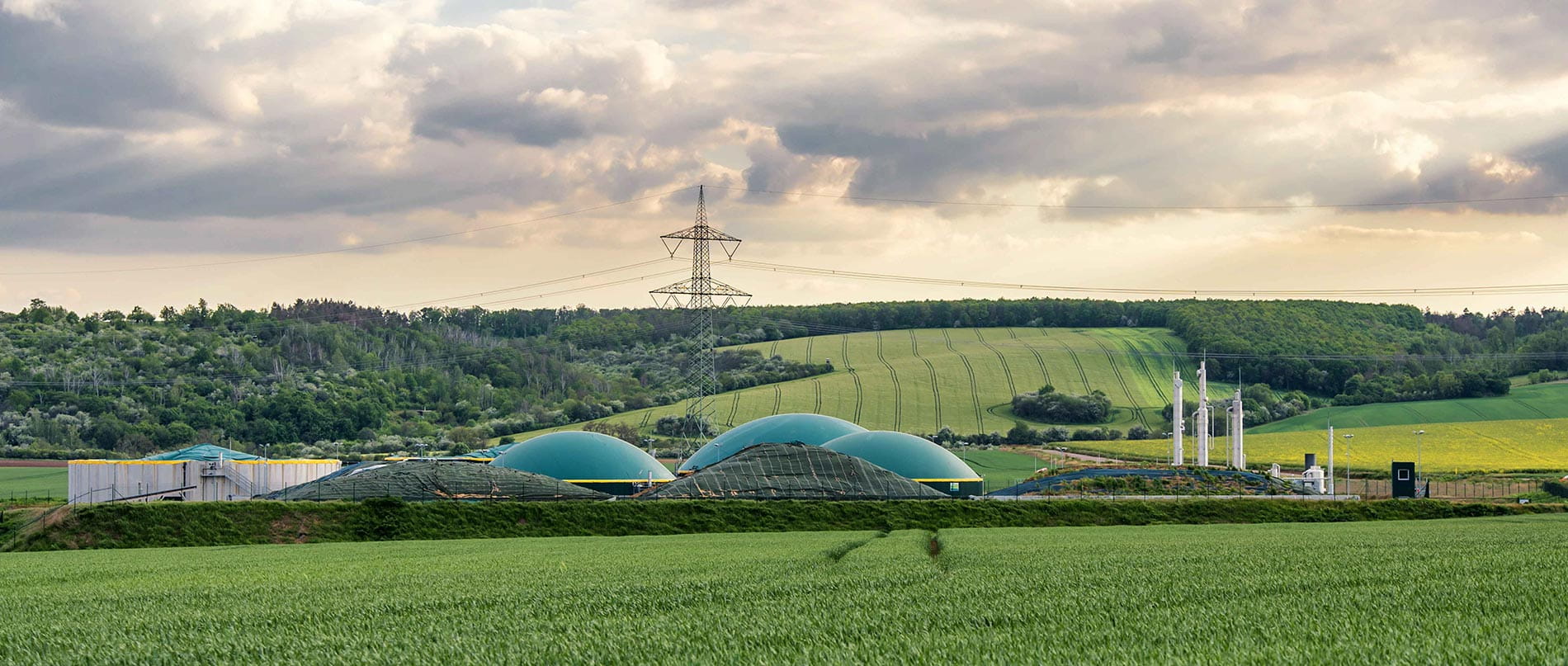
09 December 2021

Without water there cannot be RNG production via anaerobic digestion.
The food and beverage, pulp and paper, and agricultural sectors use anaerobic treatment as an efficient means to treat wastewater or reduce the volume of solids requiring disposal.
A broad range of anaerobic technologies have been used. These range from low-tech lagoons to highly optimized tank-based systems producing biogas suitable for use in boilers or engines for steam or energy production.
Water is an intrinsic component of all anaerobic digestion processes regardless of the feedstock.
Biogas, the raw feedstock for RNG, is typically derived through the anaerobic digestion of organic wastes. The anaerobic digestion process takes place when water and organic waste products such as animal waste, field residues, and other organic waste products are processed using naturally occurring bacteria in an oxygen-free, aqueous environment. Unrefined biogas is produced during decomposition.
Recent developments have made it feasible to upgrade biogas. The resulting product is chemically identical to traditional fossil fuel-derived natural gas, but its feedstock is renewable. Hence the name Renewable Natural Gas.
RNG can be used in all applications where we currently use natural gas.
Making RNG from waste products has been a core part of waste and wastewater management for over a century, driven primarily by environmental performance and project economics.

The Harbour House (Havenhuis) in Antwerp, Belgium offers a striking metaphor for our times. Havenhuis was a century old port authority building in need of an upgrade. But instead of tearing it down to start anew, the Port of Antwerp added a striking design built on the old, sitting atop like a diamond spaceship, about to pick up the building and take it far into the future. It’s a bit like the energy transition now. The original ‘structure’ is still supporting everything, but the combined effect of the new far exceeds what was first imagined.
Andrew Hodgkinson
The scale and pace of producing RNG has increased significantly over the last 10 years, driven by demand for green energy, carbon credits, and government incentives.
Unfortunately, few RNG projects have achieved financial or performance expectations. Did you know that over 52 RNG projects or operating facilities were canceled or shut down across the US in 2020?
RNG project challenges are best addressed in the front-end planning phase and throughout operations.
Many of the facilities produce less gas than forecast. Frequently a high initial production yield tapers off as solids accumulate in the digester degrading its performance. This challenge can be solved through optimized designs that focus on conversion of feedstock to gas yield and ensuring that inert solids do not accumulate.
Gas production may be highly variable over the seasons, creating problems meeting offtaker expectations. This challenge can be solved through feedstock inventory management and improved feedstock pre-processing such as briquetting.
Operating and maintenance costs are higher than expected. This is due to problems managing solids accumulation. This challenge can be solved through maximizing feedstock conversion, high-performance solids removal, and dewatering.
Odor problems create stakeholder relation issues and can even lead to shutdowns. This challenge can be solved by paying close attention to leaks and other fugitive emissions in design and throughout operations. We understand common conflicts and issues. Our experience shows this is a particularly important consideration and we advise on stakeholder concerns relating to the environment, odor, noise, traffic, and more.
Lagoon-style digesters pose safety challenges due to risks of explosion, odor, suffocation, or drowning. This challenge can be solved through use of robust, high performance, facilities and systems that are designed to similar standards to the rest of the energy industry.


We have delivered almost one hundred projects for the production of RNG. Some of them, such as the Gippsland Water Factory in Australia, produced RNG as a by-product of wastewater treatment. Many others, and most projects that we are currently working on, are purpose-built for RNG production.
Lessons learned elsewhere can be applied to your unique project. You can count on us for the quality advisory, engineering, construction, and operational support for which the Worley Group is renowned.
If you are facing challenges on your renewable natural gas project, we’re here to help. Reach out to our global team at WET@advisian.com.
Understanding water-related risks and opportunities allows you to implement better project approaches. Stay tuned as we take a deeper dive into water usage considerations across the energy transition.
Don't miss out on the next articles in the series – sign up for the mailing list.